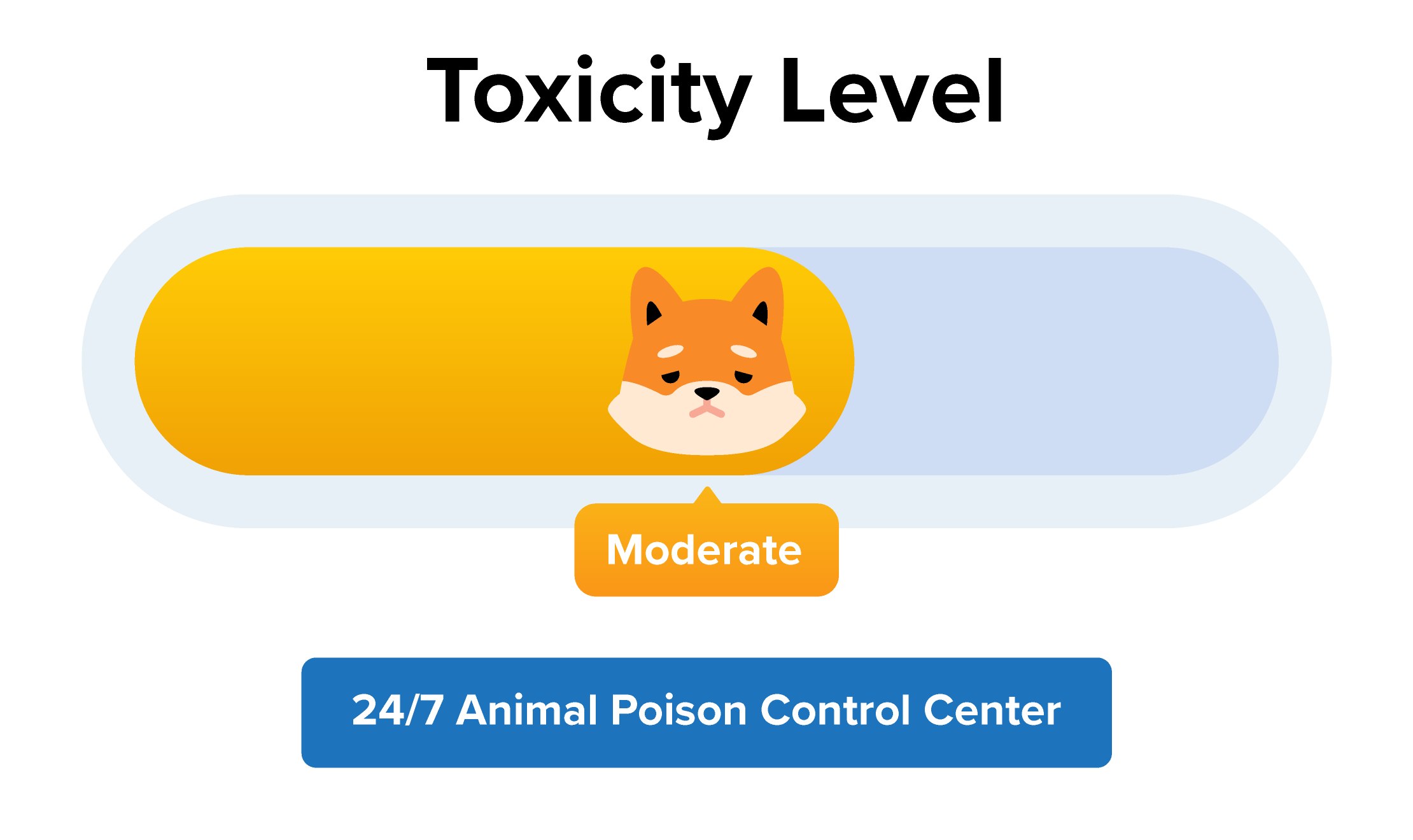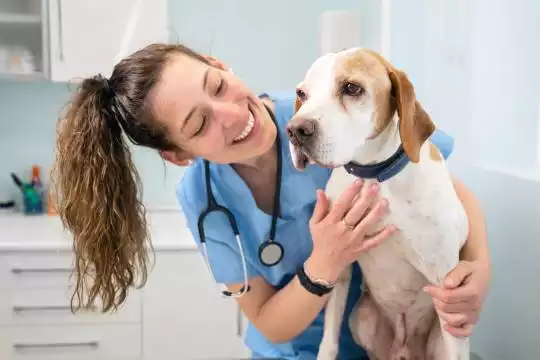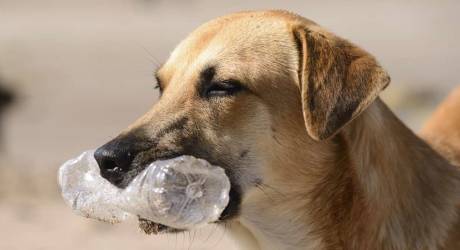Who would have thought that grass seeds could be dangerous for a dog! But it’s true. Grass seeds send more dogs to the vet than you’d think. But how do you know if your dog is having a problem with grass seeds?
Connect with a verified veterinarian in minutes. Licensed vets are available 24/7 to answer your questions. No need to worry about your furry family member.
In this article, we’ll take a look at why & how grass seeds are dangerous, as well as what you need to do for your dog if he has this problem. Let’s get started!
The Danger of Grass Seeds for Dogs
When you take your dog out for a walk, probably the last thing you think about are the dangers of grass seeds. After all, grass of all types grows everywhere, and why should seeds of grass be a problem for your dog? Well, there are several ways grass seeds can be dangerous for any dog.
The problem starts with the grass seed itself. Have you ever paid attention to a grass seed? Grass seed looks like a small, sharp dart. These small darts cling to the fur of a dog (or other animals). Plus, these sharp grass seeds can even become stuck in certain places, such as in the paws between the toes, in the ears, eyes, and more.
Grass seeds are so sharp that they’ve been known to work themselves into a dog’s skin. Once the seeds are lodged into the skin, they can cause infections, abscesses, and more.
The seeds can even be swallowed. If a dog eats grass seeds, they can be digested. However, at any time during the process, the sharp grass seed can pierce any part of the digestive tract. This can then cause the contents of the digestive tract to spread to other parts of the body, causing infection and more.
Once the grass seed(s) become lodged in the digestive tract, they can cause swelling and inflammation, which may develop into an abscess. Even the dirt that your dog may have eaten with the grass seed could make him sick.
The vet will need to determine where the grass seed is lodged in your fur baby’s digestive system. But that’s also a problem because grass seeds are vegetable matter that doesn’t show up on X-rays. For this reason, the vet may need to perform surgery to find the seed.
Moreover, grass seeds are sharp enough to pierce the tissue of the digestive system. This can lead to a serious infection in other parts of the body. Your fur baby may require long-term treatment with antibiotics and antifungal medications, depending on his symptoms.
What to Do If Your Dog Has Eaten Grass Seed
The first thing you can do is remain calm. Your fur baby is completely dependent on you to relay his symptoms and other information to the vet. This requires you to be calm and in control. If you panic, you may not remember to give the vet some important information they need to treat your dog. So, start off by staying calm.
Next, if your dog has eaten grass seed, be sure to call the vet right away. This is the type of problem that’s best to take care of sooner rather than later. Remember it may take up to 24 hours for your dog to show symptoms of having eaten grass seed. These symptoms may include diarrhea, vomiting, and lethargy. So, monitor your dog to keep track of his condition.
Do Not Induce Vomiting
Do not induce vomiting unless this action is recommended by your vet. Inducing vomiting can be dangerous at home.
Make note of when your dog eat the grass seed and how much of the grass seed he ate. Is your dog showing any symptoms? What time did this happen? It’s helpful to write all of this information down, as the vet will need it to determine the next steps.

Review symptoms, medications & behavior to keep your pets healthy with a Vet Online in just minutes.
Ask a Vet Live NowSymptoms Your Dog Has Swallowed Grass Seeds
You may notice these symptoms if your dog has swallowed grass seeds that have punctured his digestive tract:
- Vomiting
- Diarrhea
- Weight loss
- Lethargy
- Abdominal pain & swelling
- Lack of appetite
- Depression
- Respiratory distress
If your dog is showing any of these symptoms, then it’s time to call the vet immediately. This could be a life-threatening medical emergency.
Treatment of Swallowing Grass in Dogs
When you reach the vet, they will perform a physical exam of your dog, which may include lab work and imaging tests. An x-ray may not show the grass seeds in the digestive tract, but the vet will be able to check for perforations.
Treatment will first focus on stabilizing your fur baby. The vet may give him IV fluids, antibiotics, and other medications. Once your dog is stable, the vet will be able to do surgery to correct the perforation(s).
The prognosis is best for dogs who receive prompt medical care. In these instances, most dogs can make a full recovery after surgery.
Connect with a verified veterinarian in minutes. Licensed vets are available 24/7 to answer your questions. No need to worry about your furry family member.

Kim
Kim is a talented author, who loves animals especially dogs. She engaged in writing books and articles relating to animals a decade ago. Kim resides in Chicago with her husband and son. The family is the proud owner of a dog and a parrot (Jack and Lily). Kim wanted more than these two pets, but her husband put his foot down... She often visits elementary schools to talk to the kids about what she learned about pets and how they could learn from them.
Review symptoms, medications & behavior to keep your pets healthy with a Vet Online in just minutes.
Ask a Vet Live Now




